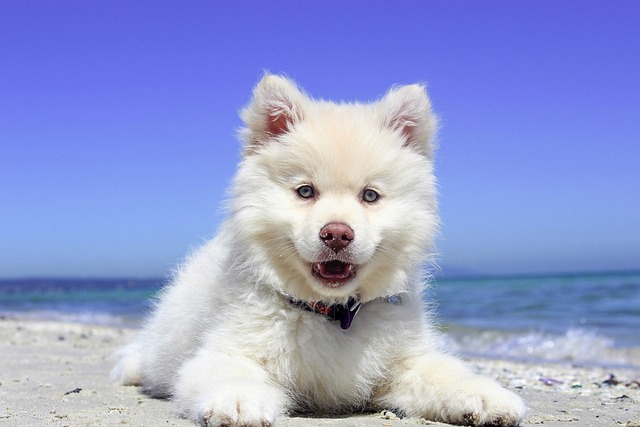
How do i train my dog to be obedient?
Watching your dog dart across the park ignoring your calls isn’t just frustrating—it can put them at risk near busy streets or public spaces.
You’re walking your new rescue dog in the neighborhood park when a child on a scooter zips past, and suddenly your pup freezes, lips pulled back in a snarl, growling low in their throat. Your heart races as you fumble with the leash, unsure if moving forward or back will make it worse. For new dog owners across the US and Europe, encountering aggression—whether growling, snapping, or lunging—feels terrifying, but understanding why it happens and how to respond calmly can turn tense moments into opportunities to build trust.
Aggression in dogs is almost always a response to fear, stress, or feeling threatened—not “being mean.” A dog might growl at a stranger because they’re scared of new people, lunge at another dog because they were once hurt by one, or snap when touched near their paws if they’ve had a painful experience. Punishing aggression—yelling, hitting, or using shock collars—only amplifies their fear, making them more likely to escalate because they think they need to “defend” themselves harder. Dogs communicate through body language first; growling is their way of saying “I’m uncomfortable—please back off.” Respecting that warning and teaching them calm alternatives with positive reinforcement (rewards for relaxed behavior) builds confidence, so they feel safe enough to not need aggression.
The first rule when calming an aggressive dog is to stay calm yourself—your stress fuels theirs. If they’re growling at a stranger, avoid making direct eye contact (dogs see this as a challenge) and slowly back away, creating distance between them and the trigger. Speak in a low, steady voice: “Easy, buddy. Let’s go this way.” Never reach for their collar or yell—this can make them feel trapped, increasing the risk of snapping. Once you’re in a quieter spot, offer their favorite toy (a rope tug or squeaky ball) to redirect their focus. When they relax their body (shoulders dropping, tail softening), say “Good calm!” and give them a tiny treat—this teaches them that calm behavior brings good things, not confrontation. For home situations, like growling at the mail carrier, create a safe space: a cozy bed with a blanket and chew toy near the door, where they can retreat instead of feeling the need to “protect” the house.

Understanding aggression ties closely to responsible pet ownership norms in the US and Europe. Legally, ensuring your dog is up-to-date on rabies vaccines is mandatory in all 50 US states and most EU countries—vets won’t provide behavior guidance without proof of current shots, and fines for lapsed vaccines can reach $500 in cities like LA or Berlin. When out in public, always carry poop bags; leaving waste uncollected (even during stressful moments) leads to fines and damages community trust. In apartments, manage noise from tension-related barking by using white noise machines during peak hours (10 PM-7 AM) to avoid disturbing neighbors.
Culturally, patience and kindness are non-negotiable. Never use physical punishment (hitting, shock collars) to “fix” aggression—it’s not just inhumane, but it deepens fear and makes behavior worse. Positive reinforcement, like rewarding calm moments with treats or play, is the widely accepted standard. In community spaces, if your dog shows aggression, calmly remove them from the situation instead of forcing interactions—other owners will appreciate your mindfulness. Remember, aggression is your dog’s way of saying “I need help feeling safe,” and with consistent, gentle guidance, you can help them learn calmer ways to cope.

Watching your dog dart across the park ignoring your calls isn’t just frustrating—it can put them at risk near busy streets or public spaces.

New puppy owners often find themselves rushing to clean up accidents before they set in, and that’s where puppy pad training becomes a game-changer.

If you've noticed your dog's waistline disappearing and your veterinarian has mentioned those few extra pounds, your first instinct might be to simply reduce the amount of food in their bowl.

Training a dog to use a designated spot indoors isn’t as daunting as many new owners fear, but it does take consistency and an understanding of your pet’s needs.

That moment of dread on a walk is all too familiar for many new dog owners. You see another dog approaching down the sidewalk of your neighborhood

If the sight of another dog on your neighborhood walk makes your heart sink as your own dog erupts into a frenzy of barking and lunging, you're not alone.